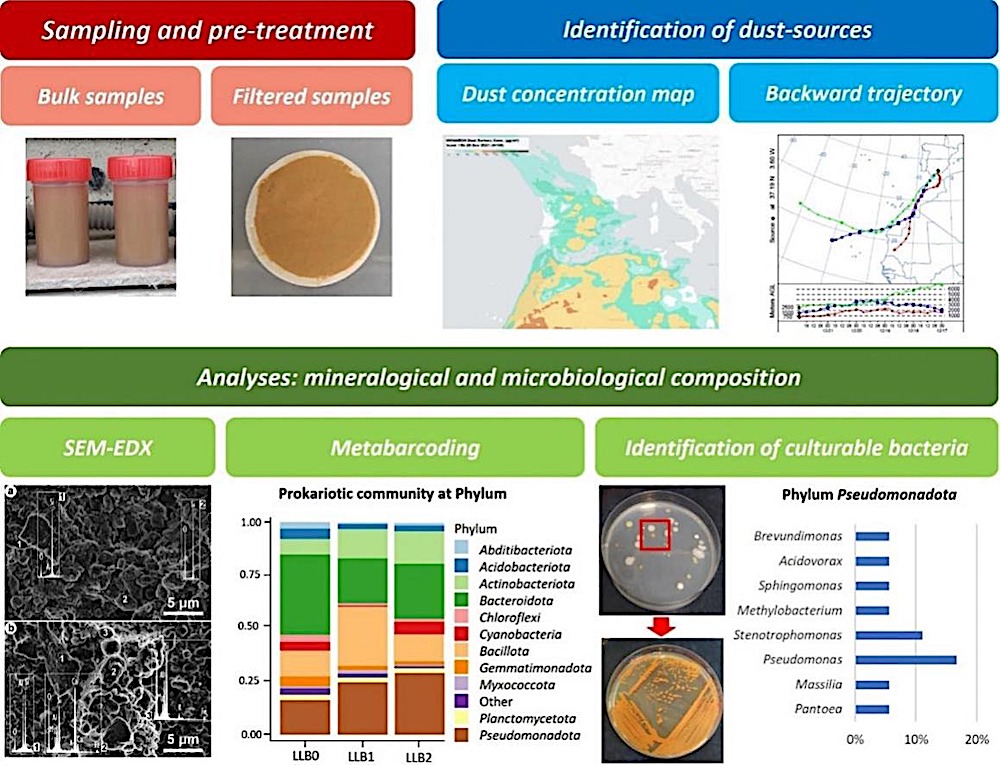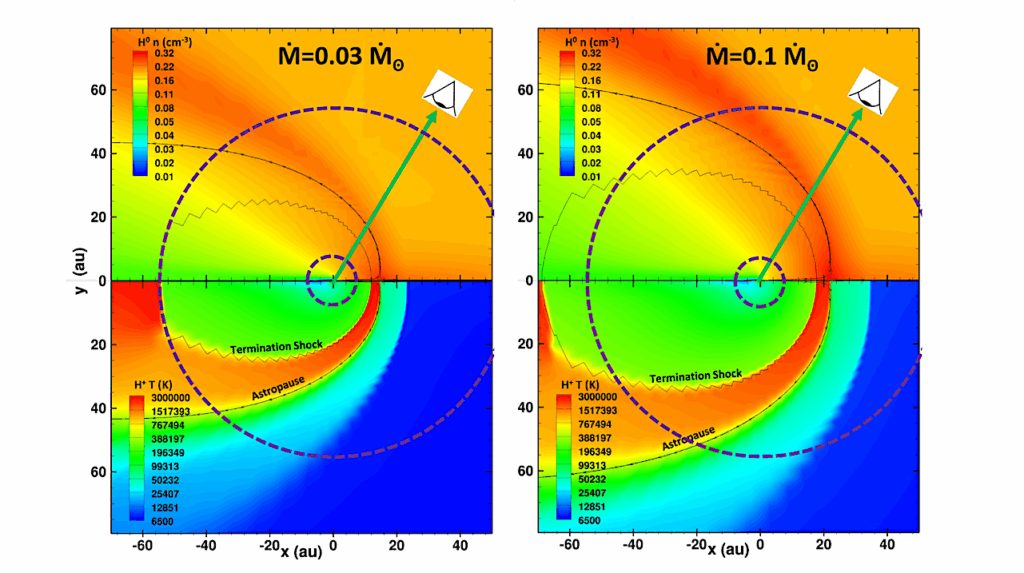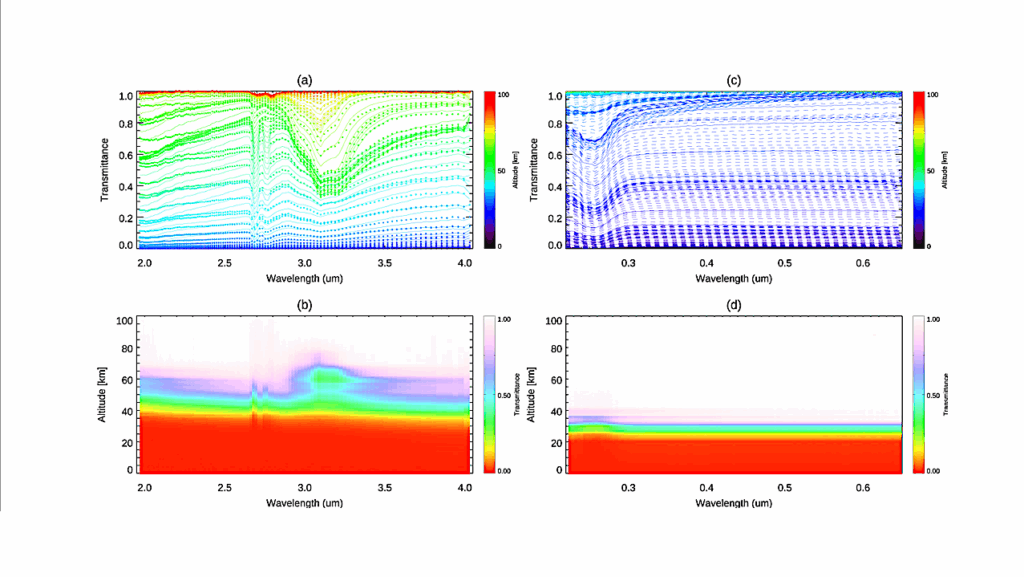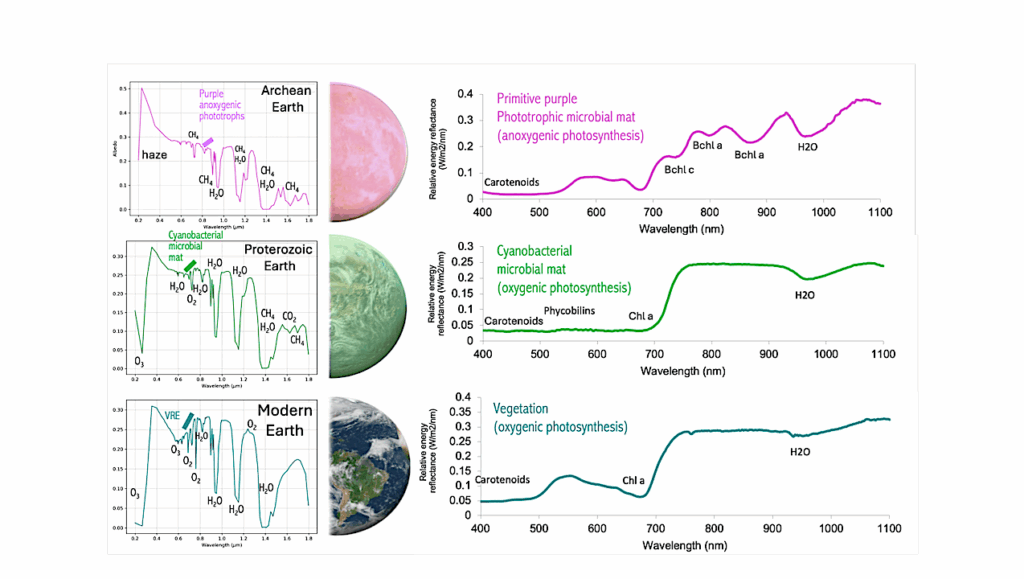Microbial Composition Of Saharan Dust Plumes Deposited As Red Rain In Granada, Southern Spain

During dust storms, also biological material is transported from arid areas such as the Sahara Desert. In the present work, rain samples containing significant amounts of mineral dust have been collected in Granada during different red rain episodes.
Biological features (bacteria, biofilm, pollen grain and fungal spore) as well as size-particle distribution and mineralogical composition were studied by SEM. Nanobacteria were observed for the first time in red rain samples. A preliminary metabarcoding analysis was performed on three red rain samples. Here, Bacillota made up 18 % and Pseudomonadota 23 % of the whole prokaryotic community.
The fungal community was characterized by a high abundance of Ascomycota and, dependent on the origin, the presence of Chytridiomycota. By means of 16S rRNA sequencing, 18 cultivable microorganisms were identified.
In general, members of the phyla Pseudomonadota and Bacillota made up the majority of taxa. Some species, such as Peribacillus frigoritolerans and Bacillus halotolerans were isolated during three different red rain episodes. Generally, red rain carries a wide variety of microorganisms, being their ecosystem and health effects largely unknown.

Graphical abstract — Science Direct

Sample LLB0 (Feb 2017). Iberulite with potential biological features on its surface. a) Iberulite of 110 μm diameter and pseudo-spherical morphology. The surface appearance is compacted by an external rind where fine clay particles are predominant. The vortex (marked with V) can be observed. b) Detail of the upper image in the field marked with a circle. Biological features (Bi) shown into a depression in the external rind of the iberulite, closely resemble a bunch of bacterial spore-like forms (EDX clearly shows two peaks of Au and C). — Science Direct
Microbial composition of Saharan dust plumes deposited as red rain in Granada (Southern Spain), Science Direct (open access)
Astrobiology,








